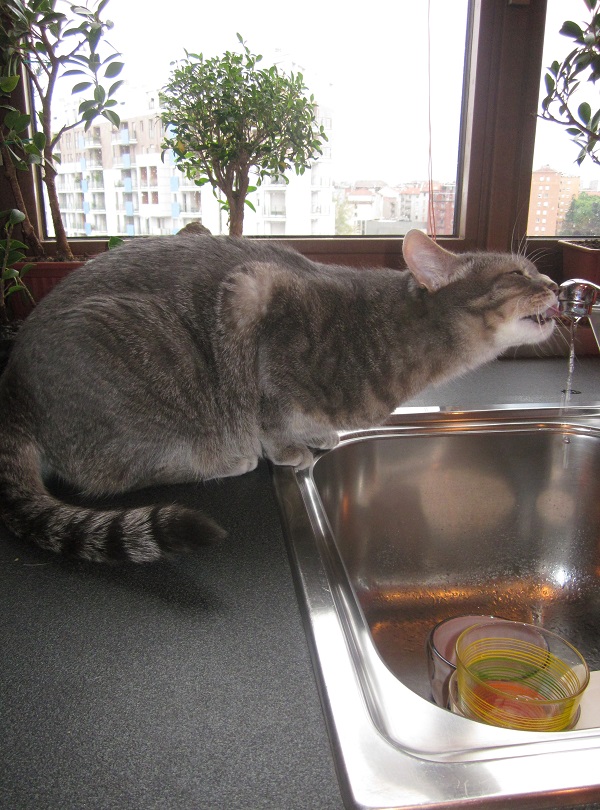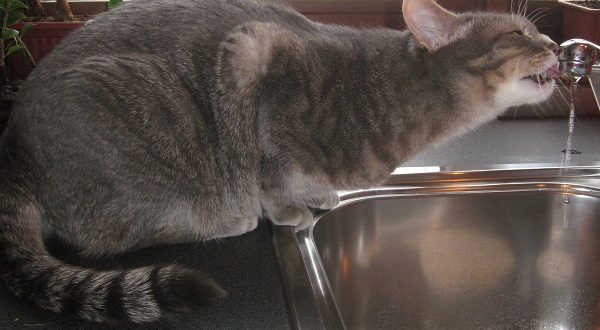Increasingly, cats are being kept as indoor-only animals. The reasons are many, and range from owners wishing to protect birdlife from the jaws of their favourite moggy to keeping fur-babies safe from marauding dogs, traffic and even (in the case of pedigree animals) thieves. But if you think the job of keeping a cat indoors is difficult, spare a thought for pet owners who live in high-rise apartments – something that is becoming increasingly common, even in New Zealand, as seniors opt to downsize to enjoy living in easy-care, multi-level retirement complexes. As a result of this shift in living styles, the phenomenon of cat-fall injuries from highrise situations is on the increase.

Despite the common belief that cats always land on their feet when they fall, this is not necessarily the case. In fact, while cats do have an inbuilt ability to twist themselves during a fall to land on their feet, this can only be achieved when the height of the fall allows time for the animal to manoeuvre. And even if they do successfully manage to do this, landing on its feet won’t protect a cat from the impact of a very high fall – something which often results in a broken jaw and limbs.
But what is it that takes an intelligent cat into the zone of high-rise danger? The answer is so predictable, it may surprise you. Along with apartment living goes an owner’s desire to create a small green space to connect them with the earth. This usually takes the form of a petite balcony garden with flowering plants and sometimes, even shrubs and small trees. As with any garden, this green space will often be visited by birds and insects. While a cat may be perfectly safe strolling onto or sleeping on a balcony, when they venture out into this mini-outside environment and spot the movement of a bird or insects, their first and natural instinct is to leap to try to catch what they perceive as prey. It’s this leap that can seal the cat’s fate.
Owners of indoor cats also like to give their moggy a taste of the wild in the form of fresh planter-grown catnip. But if this is placed on a window ledge where a cat must stretch to reach it, it comes with the danger of the animal losing its balance and toppling over. Cats also enjoy drinking fresh water from the big outdoors, and even if high-rise owners provide a clean dish of water for their pet at floor level, a curious cat may be tempted to stretch that little bit further to lick drops of rainwater that have landed on an outdoor railing.

Fortunately, the answer to enjoying green, fresh spaces in an apartment, while keeping a cat safe, isn’t difficult. Firstly, move furniture (and anything on it which a cat could leap onto) away from opening windows. Ensure plants grown specially for your cat’s pleasure are kept at floor level, and install safety catches on windows so they can’t be forced open by an animal keen to escape. Fit discreet insect screens to external doors so that cooling air can flow through the house while your cat remains safely indoors. If you do decide you want your cat to have access to a balcony, first check with your Fire and Emergency services as to whether it is possible to screen in the area in some way that ensures your own safety comes first. Provide not one, but several dishes of water around the house and replenish them daily. Train your cat to walk on a lead so that you can take it safely onto your balcony or to a park outside your apartment. Place plants in the communal lobby outside your door and let your cat go exploring there instead of onto your balcony.
Cats and apartments can happily go together – all it takes is some forethought on your part.









Join the Discussion
Type out your comment here:
You must be logged in to post a comment.